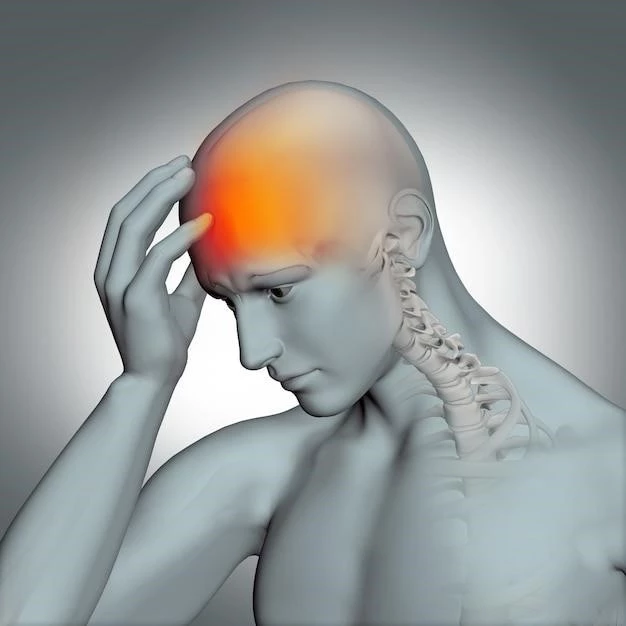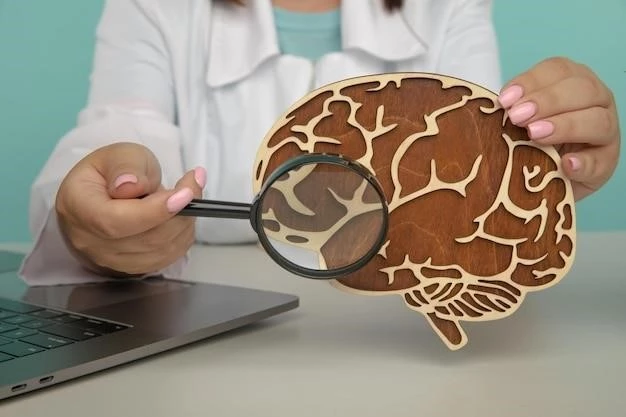Symptoms of Craniometaphyseal Dysplasia Dominant Type
Affected individuals may experience facial paralysis and hearing loss․
Overview of Craniometaphyseal Dysplasia Dominant Type
Craniometaphyseal Dysplasia Dominant Type is a rare genetic disorder characterized by abnormal bone growth in the head and facial area․ It can lead to facial paralysis, hearing loss, and dental problems․ This condition typically presents in childhood and worsens over time․
Common Symptoms
Common symptoms of Craniometaphyseal Dysplasia Dominant Type include facial paralysis, hearing loss, vision problems, and dental abnormalities․ Some individuals may experience recurrent sinus infections, cranial nerve compression, and difficulty breathing due to bone overgrowth in the skull․
Causes of Craniometaphyseal Dysplasia Dominant Type
Caused by mutations in the ANKH gene, leading to abnormal bone remodeling in the skull and facial bones․
Genetic Mutation
Craniometaphyseal Dysplasia Dominant Type is caused by mutations in the ANKH gene, which plays a role in bone mineralization․ These mutations disrupt normal bone development, leading to the characteristic bone overgrowth seen in affected individuals․
Diagnosis of Craniometaphyseal Dysplasia Dominant Type
Diagnosis is based on clinical evaluation, imaging tests, genetic testing, and evaluation of symptoms․
Medical Evaluation
Medical evaluation for Craniometaphyseal Dysplasia Dominant Type involves a comprehensive assessment by healthcare professionals, including physical examination, imaging studies such as X-rays and CT scans, and genetic testing to confirm the diagnosis․ Symptoms and family history are also considered during the evaluation process․
Treatment Options for Craniometaphyseal Dysplasia Dominant Type
Management focuses on symptom relief, surgical intervention for bone overgrowth, and supportive care․
Management of Symptoms
Management of Craniometaphyseal Dysplasia Dominant Type symptoms involves a multidisciplinary approach addressing specific issues like facial paralysis, hearing loss, and dental problems․ Treatments may include surgeries to relieve cranial nerve compression, interventions to improve breathing, and hearing aids to manage hearing loss․ Regular monitoring and follow-up are essential to manage symptoms effectively․
Prognosis of Craniometaphyseal Dysplasia Dominant Type
Prognosis varies, but early diagnosis and appropriate management can improve quality of life․
Outlook for Patients
The outlook for patients with Craniometaphyseal Dysplasia Dominant Type depends on the severity of symptoms, response to treatment, and potential complications․ With proper management and support, individuals affected by this rare genetic disorder can experience improved quality of life and function․
Research Updates on Craniometaphyseal Dysplasia Dominant Type
Recent studies focus on understanding the genetic basis and exploring targeted therapies for this condition․
Current Studies and Findings
Ongoing research on Craniometaphyseal Dysplasia Dominant Type is focusing on identifying novel treatment approaches, further understanding the disease progression, and investigating potential genetic modifiers that could influence the severity of symptoms․ Recent findings suggest promising avenues for future therapeutic interventions․
Living with Craniometaphyseal Dysplasia Dominant Type
Living with this condition may require ongoing medical management and support for symptom relief․
Quality of Life
Individuals with Craniometaphyseal Dysplasia Dominant Type may face challenges, but with proper care, support, and access to resources, they can enhance their quality of life․ Psychological and social support, along with ongoing medical interventions, play a crucial role in improving overall well-being for those living with this rare genetic disorder․

Support Resources for Craniometaphyseal Dysplasia Dominant Type
Patient organizations and support groups offer valuable assistance and understanding for affected individuals and their families․
Patient Organizations and Support Groups
Patient organizations such as the Craniometaphyseal Dysplasia Society and support groups like Rare Disease Day provide valuable resources, emotional support, and a sense of community for individuals and families affected by Craniometaphyseal Dysplasia Dominant Type․ These organizations offer educational materials, advocacy, and opportunities to connect with others facing similar challenges․
